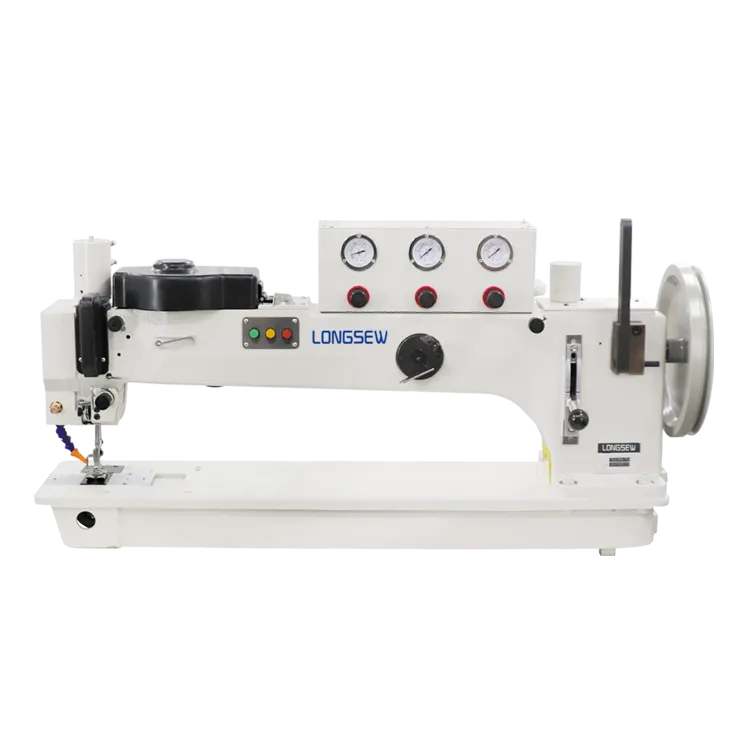A Beginner's Guide to Mastering Your Sewing Machine for Creative Projects and Repairs
How to Use a Sewing Machine A Beginner’s Guide
Learning to use a sewing machine can be an exciting and rewarding experience. Whether you are looking to create your own clothes, craft unique home decor, or simply enjoy a new hobby, mastering the sewing machine is a valuable skill to have. In this guide, we'll explore the essential steps to get you started.
1. Understanding Your Sewing Machine
Before you start sewing, it's crucial to familiarize yourself with your machine. Each sewing machine has its features, but most will include
- Power Switch and Foot Pedal The power switch turns your machine on and off, while the foot pedal controls the speed of the sewing. - Needle and Presser Foot The needle pierces the fabric to create stitches, and the presser foot holds the fabric in place. - Thread Tension Dial This controls the tightness of the thread stitches. - Stitch Selector Depending on your machine, you may have options to choose different stitches for various projects.
Consult your user manual for specifics about your machine, as this will guide you on set-up and features.
2. Setting Up Your Sewing Machine
Once you're familiar with the components, it's time to set up your sewing machine
- Threading the Machine Start by placing the spool of thread on the spool pin. Pull the thread through the tension mechanism according to your machine's guide. Thread the needle from front to back. It's recommended to use a needle threader if your machine comes with one. - Bobbin Preparation Wind the bobbin with the same thread you’re using for sewing. Place your bobbin in the bobbin case as per your machine’s instructions. Ensure it is inserted in the correct direction for the machine to catch the thread.
- Testing the Stitches Before starting your project, practice on a scrap piece of fabric. Adjust the stitch length and tension if necessary to achieve even, consistent stitches.
3. Choosing Fabric and Patterns
how to use a sewing machine

Select your fabric based on your project. Beginners might want to start with cotton or cotton blends, as they are easier to sew. Choose a simple pattern, perhaps a tote bag or a pillowcase, to practice your skills. Read through the pattern instructions thoroughly to understand what is expected.
4. Sewing Your Project
Now that your machine is set up and you're ready to go, follow these steps for a successful sewing experience
- Cutting the Fabric Use sharp fabric scissors to cut your fabric according to the pattern pieces. Make sure to leave allowances for seams unless otherwise stated. - Pinning the Pieces Together Use straight pins to hold the fabric pieces together. This will help prevent shifting as you sew.
- Sewing Lower the presser foot and start sewing, guiding the fabric gently. Keep your hands close, but do not pull the fabric. Focus on maintaining a straight line, using the presser foot as a guide. Take your time and remember to pivot when necessary.
5. Finishing Touches
After you finish sewing, remove any pins and trim excess threads. If your project requires it, finish the edges with a zigzag stitch or a serger to prevent fraying.
6. Cleaning and Maintenance
After each project, clean your machine by removing lint from the feed dogs and bobbin area. Regular maintenance ensures your sewing machine operates smoothly and lasts longer.
Conclusion
Using a sewing machine can seem daunting at first, but with practice, patience, and a willingness to learn, you will soon find pleasure in this creative endeavor. Embrace your mistakes as part of the learning process and enjoy the satisfaction that comes from creating unique handmade items. Happy sewing!
-
Industrial Cylinder Arm Sewing Machine: Revolutionizing Heavy-Duty SewingNewsJul.28,2025
-
Cylinder Arm Sewing Machine: Perfect for Special Sewing ApplicationsNewsJul.28,2025
-
Cylinder Bed Sewing Machine: Essential for Sewing Complex MaterialsNewsJul.28,2025
-
Heavy Duty Sewing Machine: The Essential Tool for Industrial ApplicationsNewsJul.28,2025
-
Computerized Pattern Sewing Machine: Revolutionizing Precision StitchingNewsJul.28,2025
-
Heavy Duty Industrial Sewing Machine: Power Meets PrecisionNewsJul.28,2025
-
Leather Sewing Machine: The Industrial Standard for Tough MaterialsNewsJul.18,2025





























